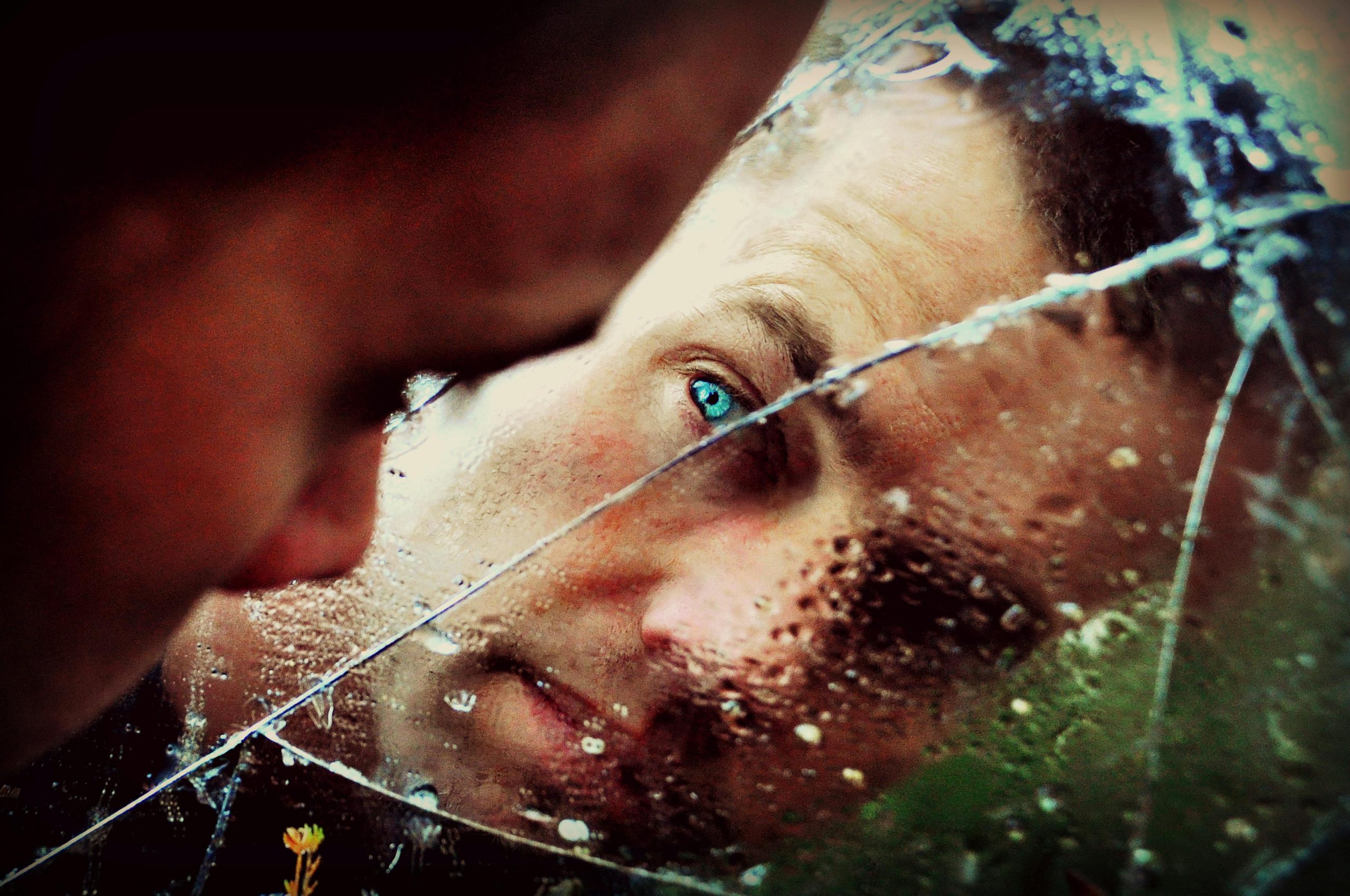Introduction to Critical Thinking in Children

Critical thinking, a cornerstone of lifelong learning, empowers children with the ability to assess situations, solve issues, and make informed decisions. It’s not just about academic accomplishment; it’s about training kids to negotiate the intricacies of the world with confidence and skill. The benefits are varied, spanning from increased academic achievement to superior problem-solving skills and more informed decision-making processes. Parents and educators have a critical role in cultivating this vital talent, establishing environments that encourage questioning, analysis, and investigation. By cultivating critical thinking from a young age, we equip our children to become independent thinkers, ready to confront the challenges of tomorrow with resilience and adaptability. This journey of intellectual empowerment is not merely good but crucial, laying the groundwork for a lifetime of curiosity, learning, and success.
Understanding the Developmental Stages of Critical Thinking in Children

Overview of Cognitive Development in Children
Cognitive development is a dynamic journey, occurring in stages as children grow. It’s the bedrock upon which critical thinking skills are constructed. From the early years, when sensory experiences influence learning, to later childhood, where abstract thinking begins to emerge, each period is significant. Recognising these milestones helps us personalize our support, ensuring it’s just suitable for their developmental phase.
Age-appropriate Critical Thinking Skills and Expectations
- Toddlers start by asking countless ‘why’ inquiries, a natural curiosity that builds the framework for greater analytical skills.
- By primary school, they’re ready to compare and contrast, detect patterns, and solve more complicated issues.
The Role of Play and Exploration in Developing Critical Thinking
Play is not simply pleasure; it’s a significant learning tool. Through play, children experiment with the world around them, learning cause and effect, exploring relationships between things and ideas, and developing the ability to think creatively and solve issues. Encouraging discovery, whether it’s a toddler stacking blocks or an older youngster solving a problem, provides an environment where critical thinking can flourish. It’s through these enjoyable experiences that toddlers learn to think critically, making sense of the world in their own unique way.
By understanding the developmental phases of critical thinking, and aligning our expectations and support accordingly, we establish a firm foundation. This foundation not only supports academic accomplishment but also cultivates a mindset suited to confront life’s problems. Encouraging play and exploration alongside more formal learning opportunities promotes a balanced approach, nurturing curious, independent thinkers willing to explore, question, and learn.
Creating an Environment That Promotes Critical Thinking

A stimulating environment is the base of critical thinking. It’s where curiosity is cultivated, and inquiries are accepted with open arms. Such an environment doesn’t just happen; it’s painstakingly built, with every aspect designed to inspire curiosity and promote exploration.
Encouraging Questions and Curiosity
- Curiosity is the fuel of learning. When children ask questions, they’re not just seeking answers; they’re learning how to think.
- Encouraging this innate inquisitiveness is vital. It means not simply addressing their questions but challenging them to find the solutions themselves.
This technique promotes a love of learning that lasts a lifetime.
Providing Opportunities for Independent Thinking and Problem-Solving
Independence in thought and behavior is the goal of critical thinking. By offering opportunities for children to analyze and solve problems on their own, we’re not simply teaching them to think; we’re teaching them to think critically. This involves arranging challenges that are just right for their developmental stage, neither too easy nor too hard, but ideally situated to push their thoughts.
Role of Constructive Feedback and How to Offer It Effectively
- The compass that directs learning is feedback. When provided in a pleasant and encouraging way, constructive criticism can assist kids in realizing where they’re making progress and where they may need to change course.
- It’s about promoting strategy and effort above natural aptitude and cultivating a growth mentality that views setbacks as chances to improve.
Fostering an atmosphere that encourages critical thinking is about more than simply helping students succeed academically; it’s also about empowering them to handle life’s challenges with competence and confidence. We build the groundwork for a lifetime of critical thinking by promoting independence, asking thoughtful questions, and offering constructive criticism. This method benefits our society as a whole as well as the students by producing a new generation of thinkers, problem solvers, and innovators who are equipped to take on the challenges of the future.
Social Interactions’ Contribution to the Development of Critical Thinking

Promoting Serious Conversation and Debate
Deliberate conversation and debate are essential to critical thinking. Children are pushed to express their opinions clearly, stand by their opinions, and reevaluate their opinions in light of new facts. Children learn from these kinds of interactions—whether in the classroom or over dinner—that asking questions and looking into several perspectives on a subject is not only acceptable but necessary for development. This lively intellectual interaction creates a climate that is conducive to critical thinking.
Instructing Perspective-Taking and Empathy as Elements of Critical Thinking
Perspective-taking and empathy are two frequently disregarded components of critical thinking. But it’s important to comprehend other points of view. We can introduce youngsters to new ideas by educating them to put themselves in other people’s shoes. This broadens their perspective on the world and improves their ability to solve problems by teaching them how to tackle problems from several perspectives.
The Value of Various Environments and Points of View
Variety is essential to life and a crucial component in the growth of critical thinking. Children’s perspectives are expanded and their ability to think beyond their immediate experiences is challenged when they are exposed to many cultures, opinions, and situations. Children gain an appreciation for the diversity of the world and learn that there are multiple perspectives and solutions to problems as a result of this exposure. Encouraging kids to accept diversity in all its manifestations gives them the tools they need to think critically in any situation.
Incorporating social relationships, empathy, and variety into our children’s upbringing not only improves their critical thinking abilities but also equips them to confront the world’s difficulties with thoughtfulness and an open mind. It’s a path that calls for endurance, support, and a dedication to creating spaces where each inquiry is respected and each viewpoint is taken into account. This all-encompassing approach to critical thinking guarantees that our kids develop into considerate, knowledgeable, and compassionate individuals who are equipped to handle life’s obstacles.
Implications and Remedies for Promoting Critical Thinking

Common Challenges Children Face
- For kids, mastering critical thinking is no easy task.
- They frequently run into challenges including a lack of opportunity to exercise these skills in a real-world situation, a fear of making mistakes, and surroundings that don’t promote open-ended questioning.
- These obstacles may suppress their innate curiosity and prevent them from thinking more deeply and analytically.
Methods for Solving These Problems
- Children are encouraged to take chances and try alternative approaches when they are given a safe environment where mistakes are viewed as teaching opportunities.
- Making critical thinking a part of daily tasks makes it interesting and relevant.
- Children are encouraged to think more thoroughly and critically when they are raised in an atmosphere that values questions as much as answers.
Preserving Interest and Motivation
- It’s important to maintain kids’ motivation and interest in critical thinking exercises.
- This can be accomplished by making sure that the tasks are both demanding and doable, giving them quick, encouraging feedback, and relating critical thinking activities to their hobbies and life experiences.
- For example, structuring issues or questions around the concept of space exploration might pique a child’s interest and encourage participation.
- Furthermore, acknowledging their accomplishments and advancements, regardless of the magnitude, enhances their self-assurance and cultivates a favorable correlation with critical thinking.
We can help kids develop strong critical thinking abilities by effectively addressing these difficulties while keeping an emphasis on motivation and excitement. This improves their academic performance while also equipping them with the self-assurance and creativity needed to successfully negotiate life’s challenges.
In Conclusion
Our kids’ futures are shaped by critical thinking. In a world that is always changing, it cultivates resilience. By fostering curiosity and accepting difficulties, we give our children the foundation for lifetime learning and problem-solving skills. Encouraging inquiries, cultivating varied interactions, and acknowledging each minor accomplishment enhance their cognitive and affective development. Let’s make a commitment to raising considerate, sympathetic, and critical minds who are equipped to handle the challenges of the future.
How to Encourage Critical Thinking in Kids FAQs
Yes, asking open-ended questions encourages children to think more deeply and express their thoughts. These questions require more thought to answer and cannot be answered with a simple ‘yes’ or ‘no’. It encourages them to elaborate on their thoughts and reason through their answers.
Create an environment where questions and curiosity are encouraged, and there is no fear of being wrong. Surround them with books, games, and resources that stimulate their minds and offer opportunities for problem-solving and analysis. A supportive and intellectually stimulating environment nurtures critical thinking skills.
Encourage your child to ask questions about the world around them. This fosters a curious mindset, which is the foundation of critical thinking. Engaging in discussions about their questions without immediately providing answers helps them explore ideas independently.
Utilize educational apps and games that are designed to develop logical thinking, strategic planning, and problem-solving skills. Technology, when used appropriately, can provide interactive and engaging ways to challenge your child’s thinking. It’s important to balance screen time with other critical thinking activities and ensure the content is age-appropriate.
Teach them to question the information and narratives presented to them. Ask them what they think about the content, what they believe the message is, and why it might be important. This practice helps them to not passively accept information but to analyze and evaluate it critically.
Allowing your child to make mistakes is crucial for developing critical thinking. It teaches them that mistakes are a part of learning and an opportunity to think about what went wrong and how to improve. This approach helps them develop resilience and problem-solving skills.
Involving children in decision-making processes helps them practice critical thinking by weighing options and considering outcomes. It teaches them responsibility and the consequences of their decisions. This real-world application of critical thinking skills is invaluable for their development.
Provide puzzles, games, and problem-solving activities that are age-appropriate. These activities challenge children to think critically and develop strategies for solving problems. It also helps them understand that there can be multiple solutions to a problem.
Feedback is essential as it helps children understand what they did well and where they can improve. Constructive feedback encourages them to reflect on their thought processes and outcomes. This reflection is a key component of critical thinking, as it involves evaluating their reasoning and decisions.
Discussion plays a significant role as it exposes children to different perspectives and ideas. Through discussion, children learn to articulate their thoughts, consider others’ viewpoints, and develop the ability to argue their position logically. It’s a dynamic way to practice critical thinking in real-life scenarios.

Jasmine Duque-Love is a mother of one and a practicing physiotherapist with a Phd in Physiotherapy

